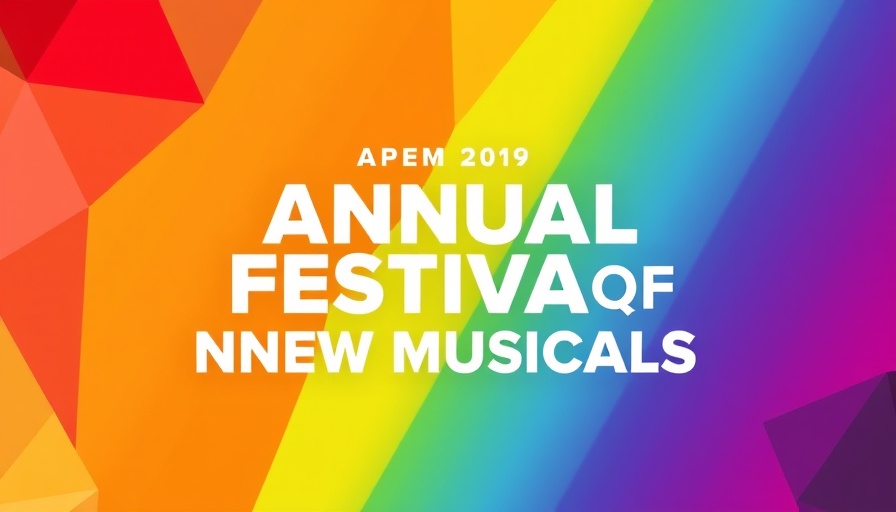
Why Storytelling Shapes the Future of Broadway
In an era where Broadway is continuously evolving, the common thread that has remained constant in musical theater is the essence of storytelling. A few decades ago, performances on stage often showcased similar choreography techniques, but those days are in the past. Today, choreographers from various dance genres infuse their distinctive styles into Broadway productions, creating a rich tapestry of movement and narrative.
Different Styles, Unified Purpose
Whether it's Camille A. Brown's fusion of ’90s street styles in Hell’s Kitchen, Andy Blankenbuehler's intricate gestures in Hamilton, or Casey Nicholaw's grand numbers in Aladdin, the underlying motivation is always to tell a story. As Andrew Turteltaub, a choreographer with a background in contemporary dance, emphasizes, the choreography must start from the script and score. The narrative is what drives the movement, creating a pathway for emotions to resonate with the audience.
The Dance of Narrative
For a dancer, understanding how to embody a character while engaging in choreography is crucial. This entails developing acting skills and emotional expression through their movements. Tanya Birl-Torres, a seasoned Broadway performer, exemplifies the need for dancers to expand their training into acting and singing. Each layer of performance enhances the storytelling experience, allowing audiences to connect with the characters on a deeper level.
Looking to the Future of Musical Theater
As Broadway continues to embrace diversity in dance styles, the importance of storytelling only becomes more pronounced. With every new production, there is an opportunity for fresh narratives and artistic expression that reflect the world around us. This dynamic art form thrives on innovation while honoring the tales that connect us all, enhancing the theatrical experience with every step.
 Add Row
Add Row  Add
Add 




 Add Row
Add Row  Add
Add 

Write A Comment